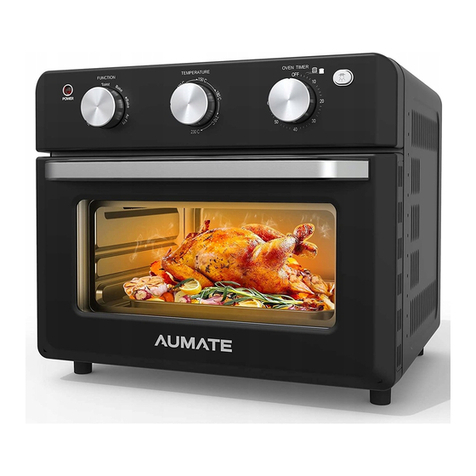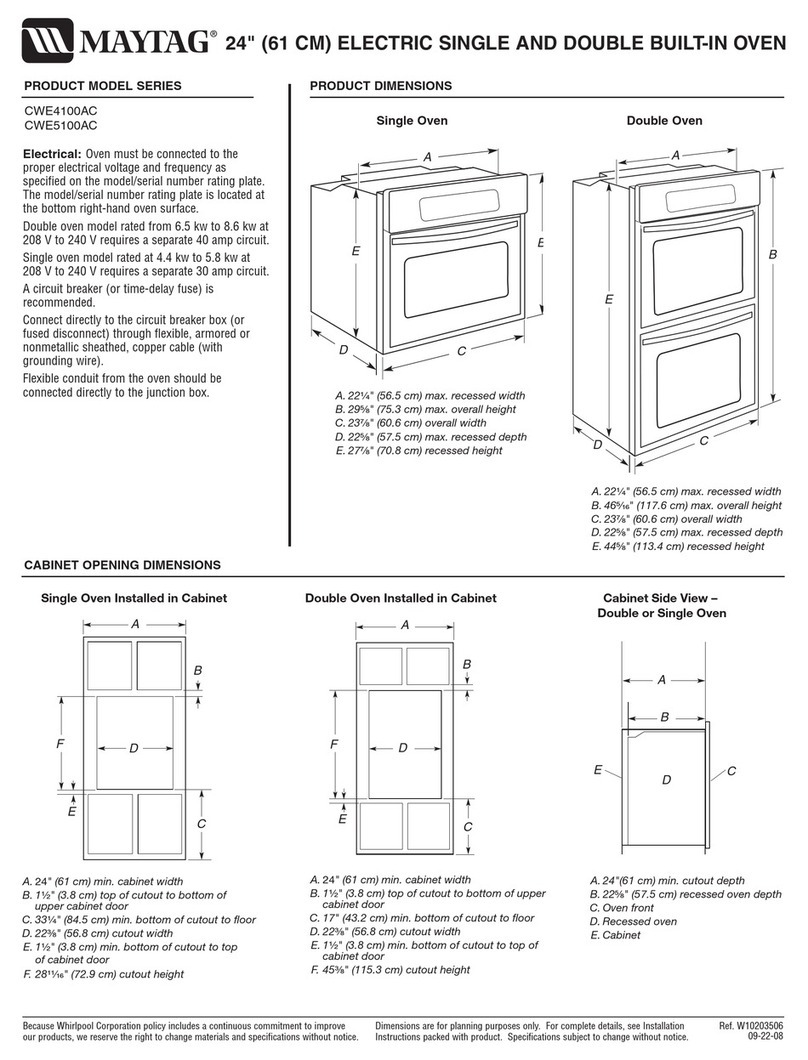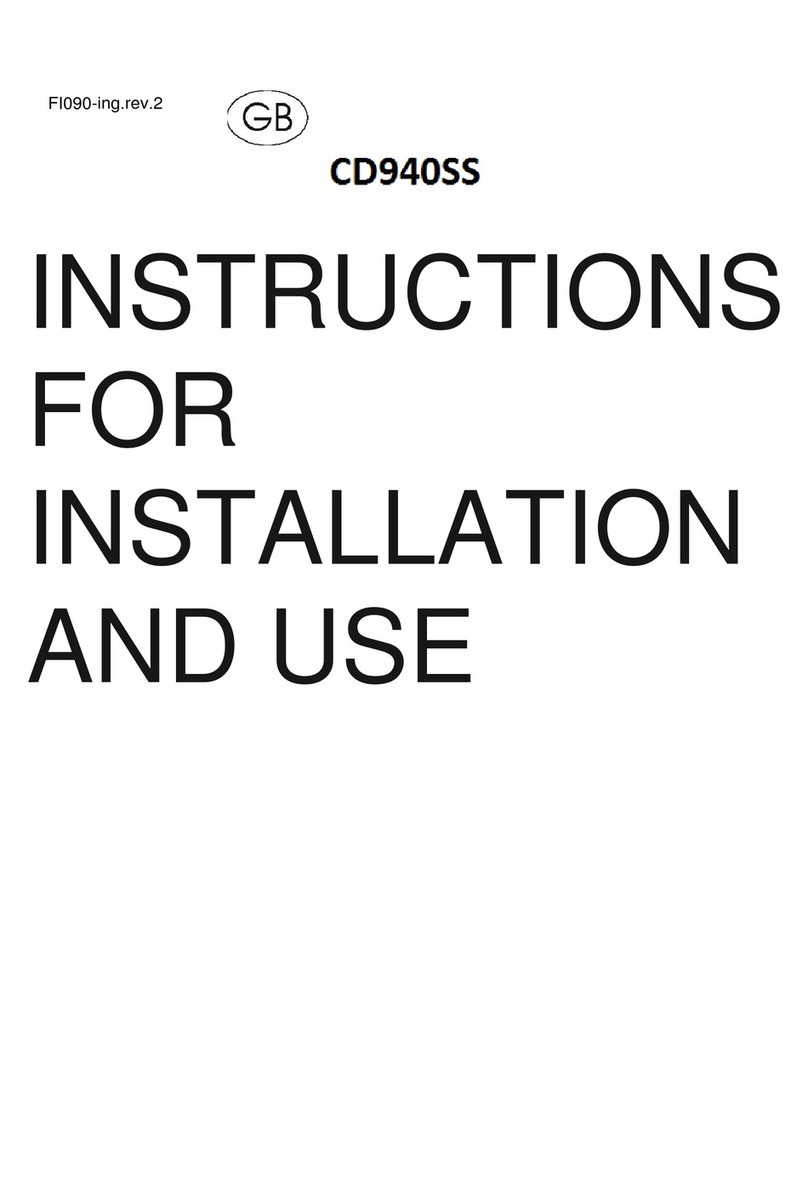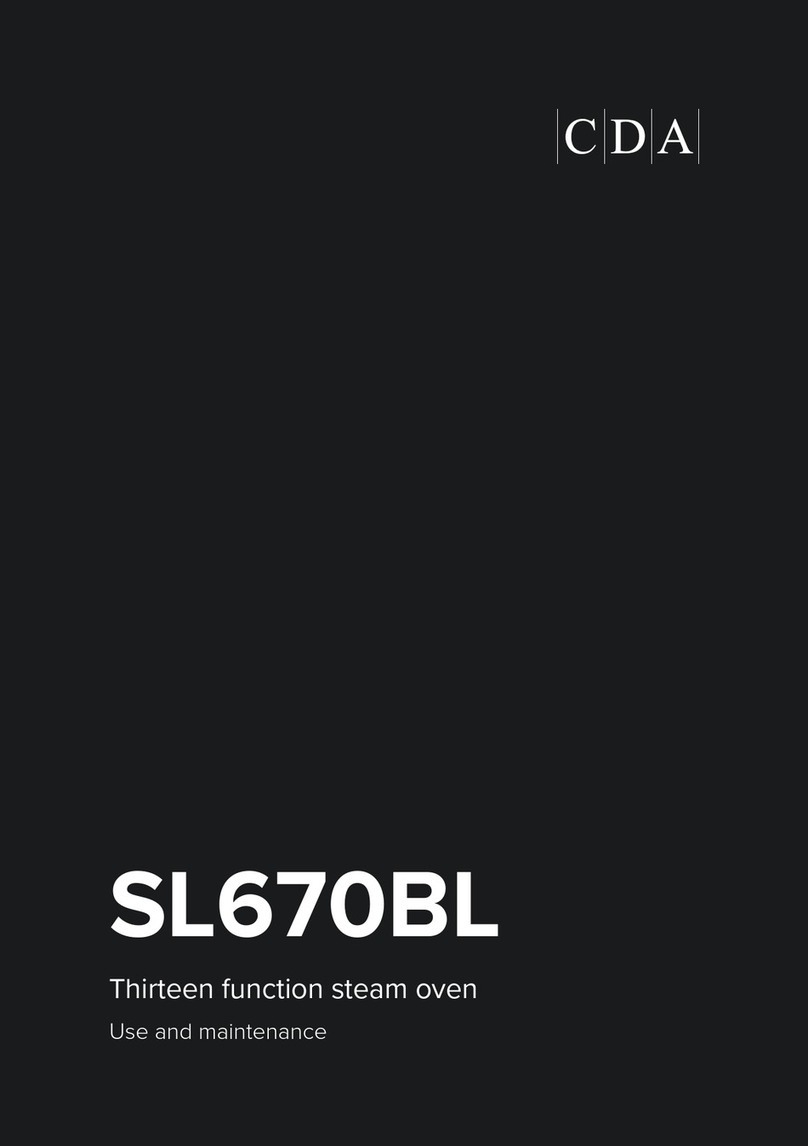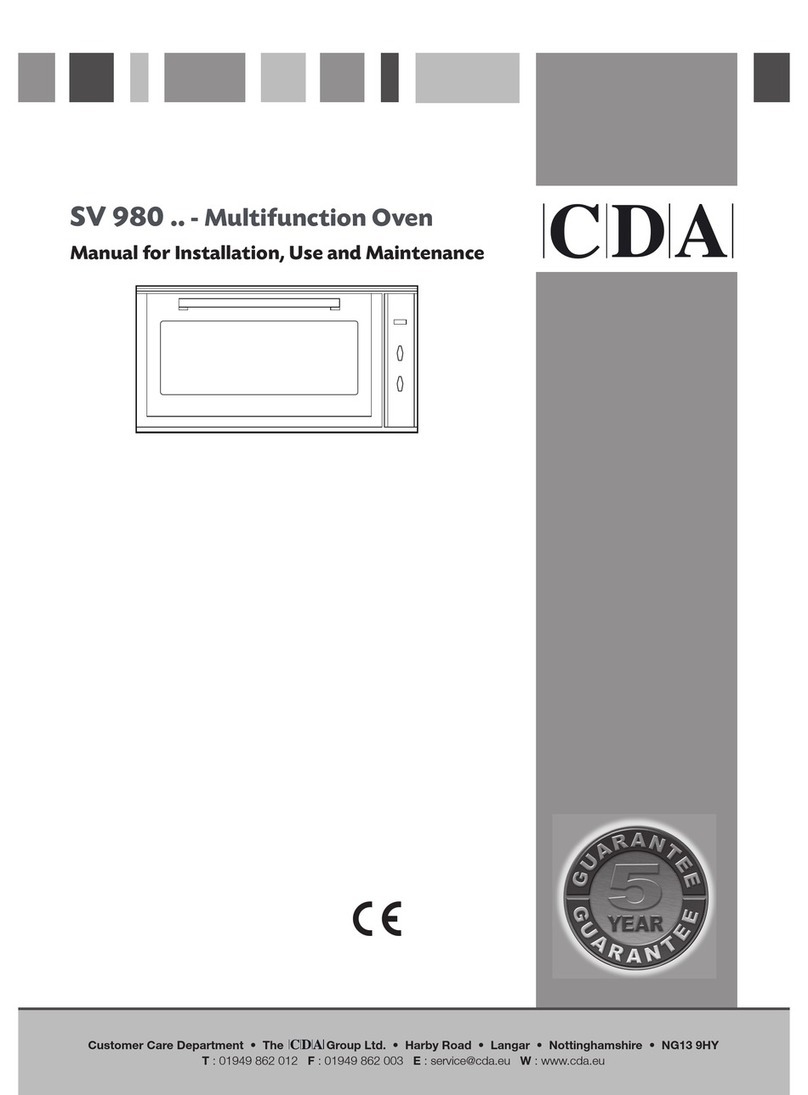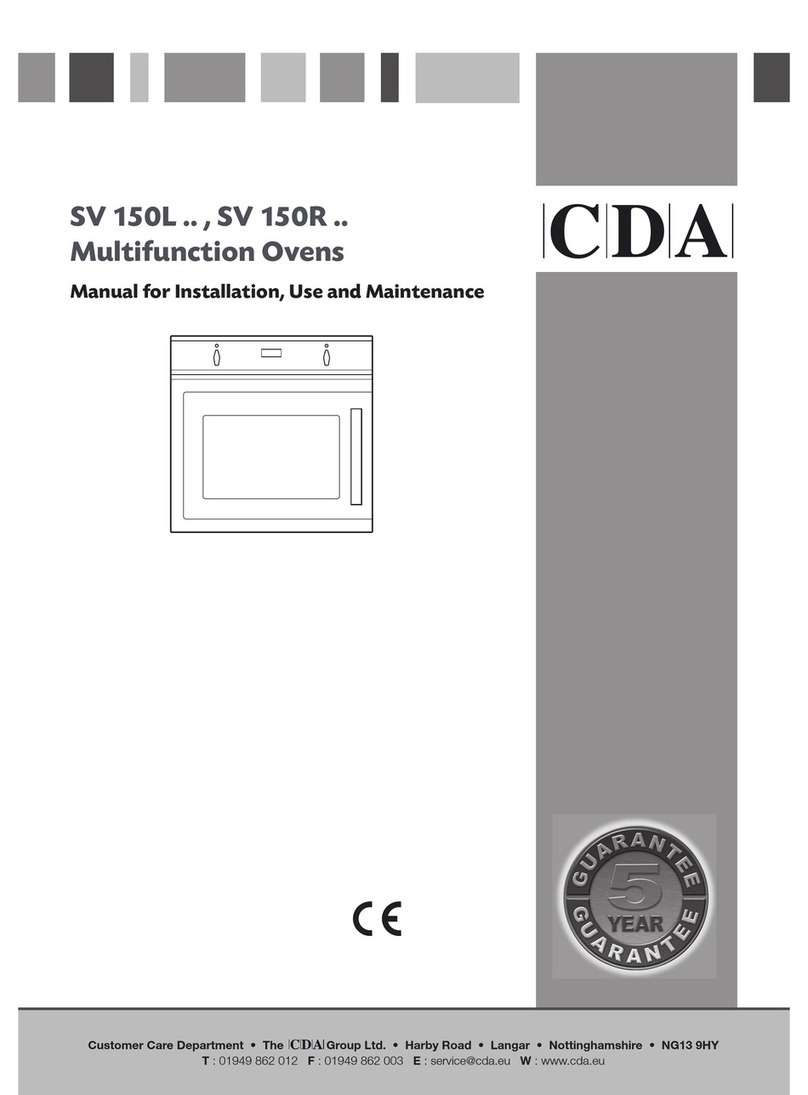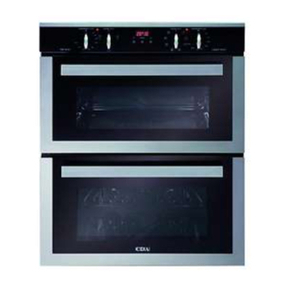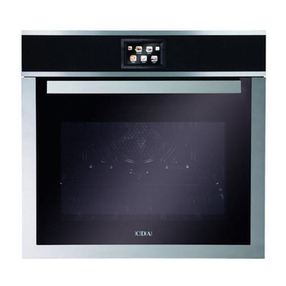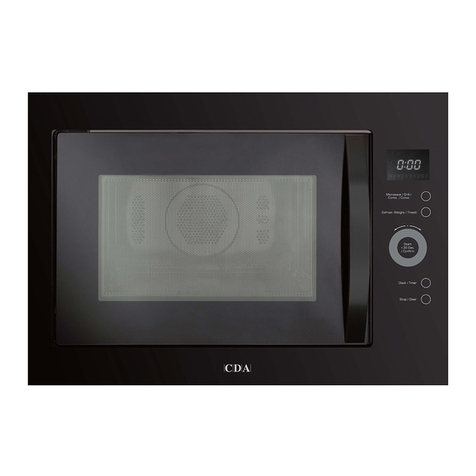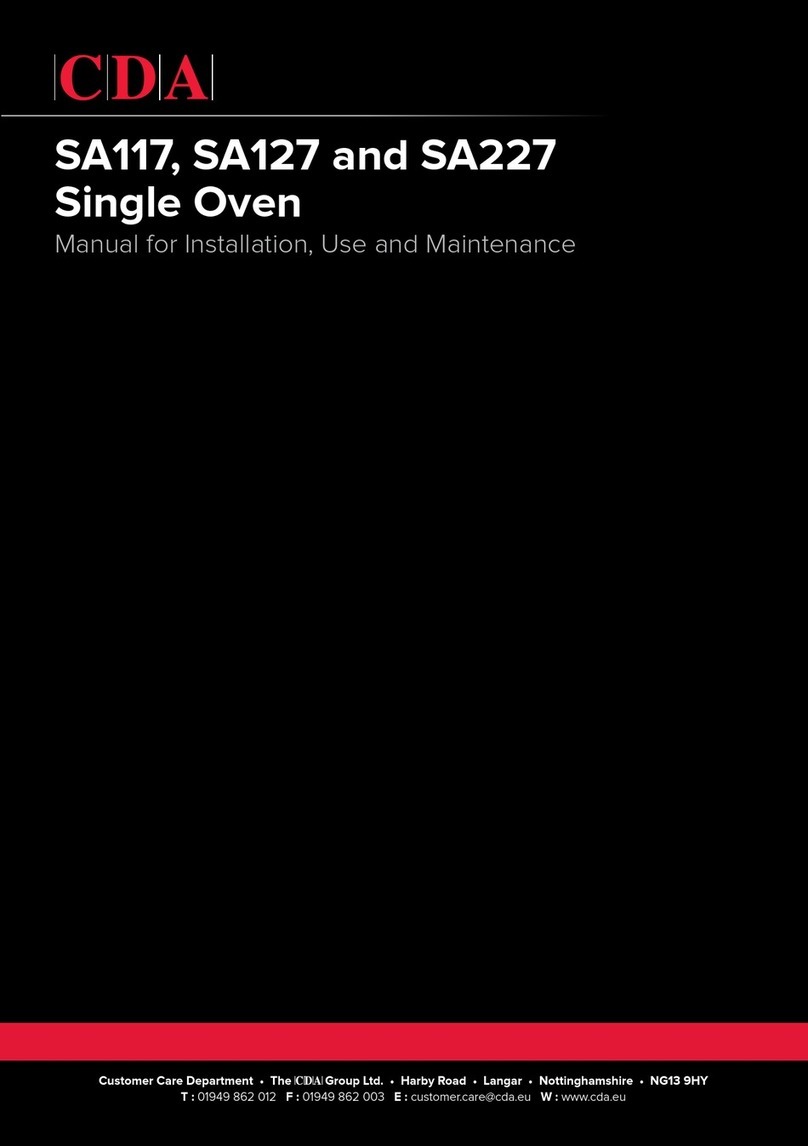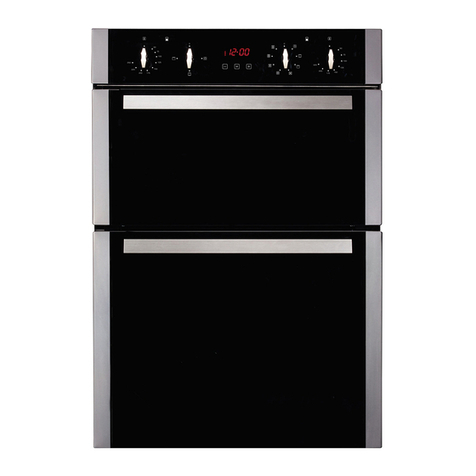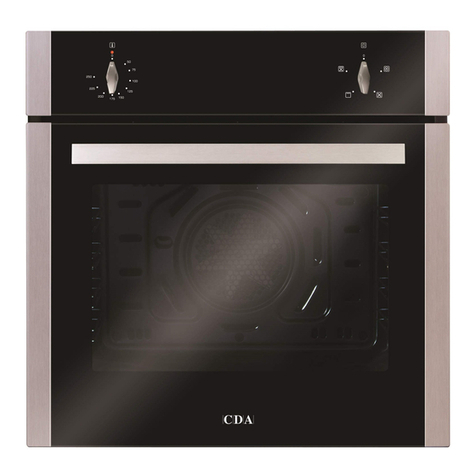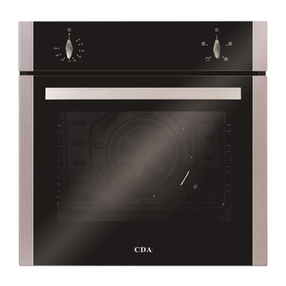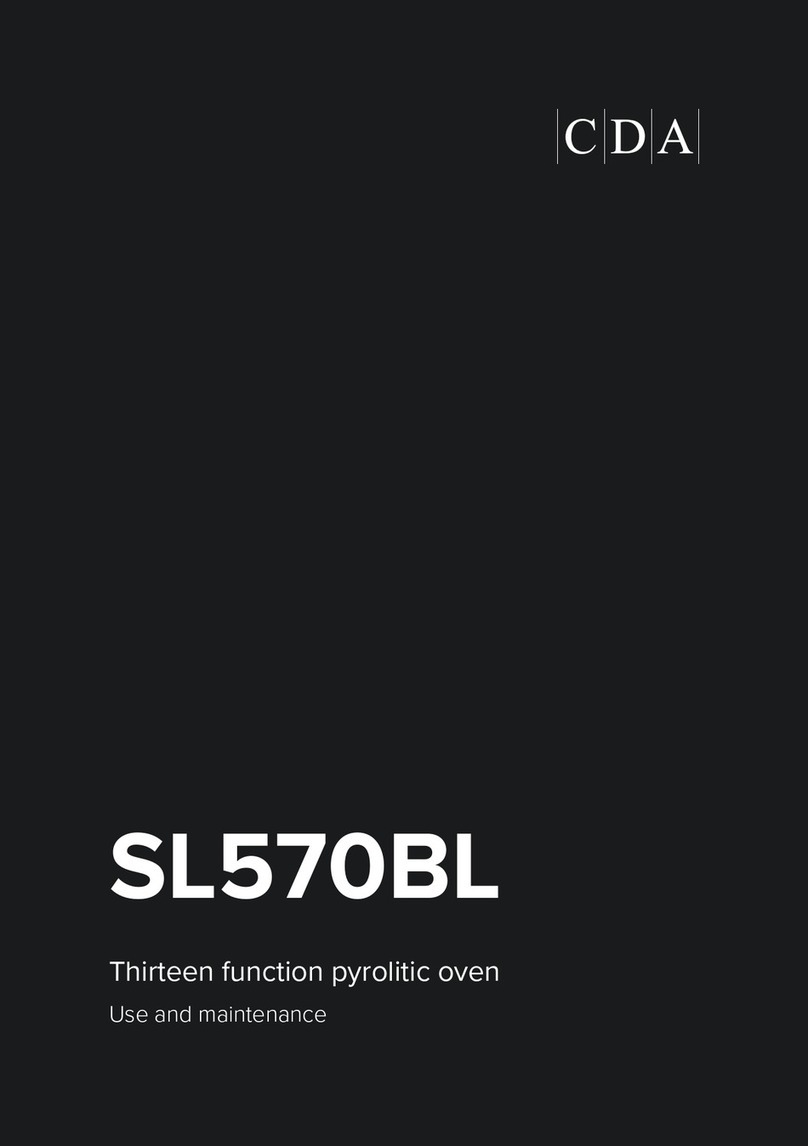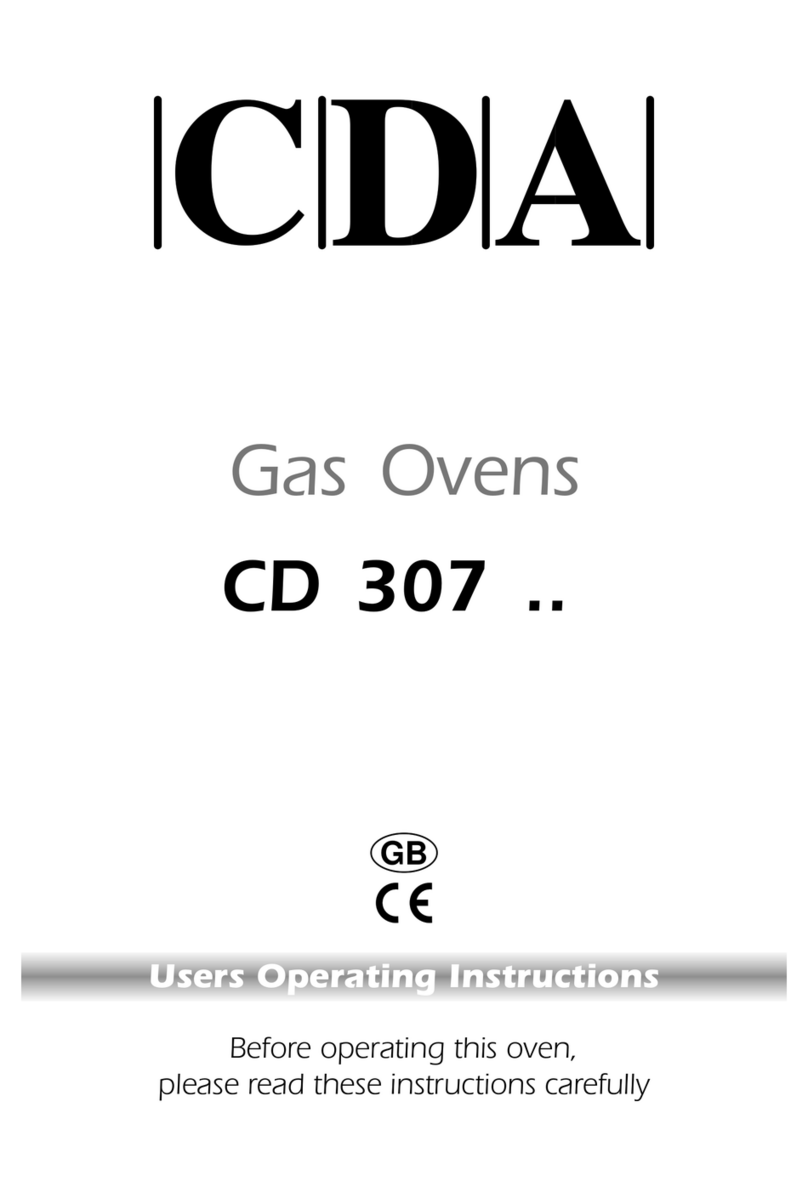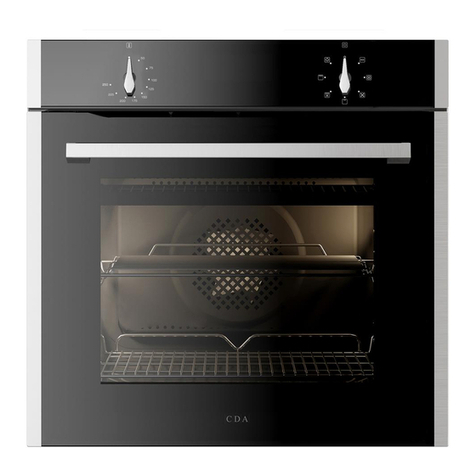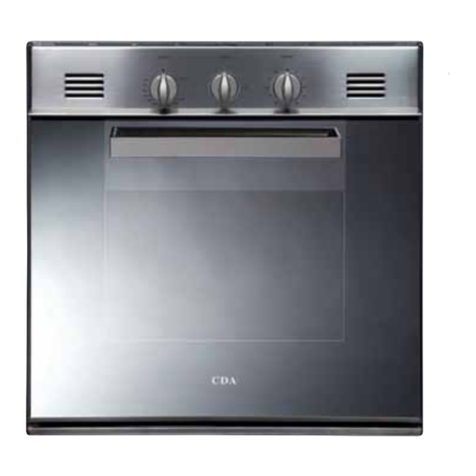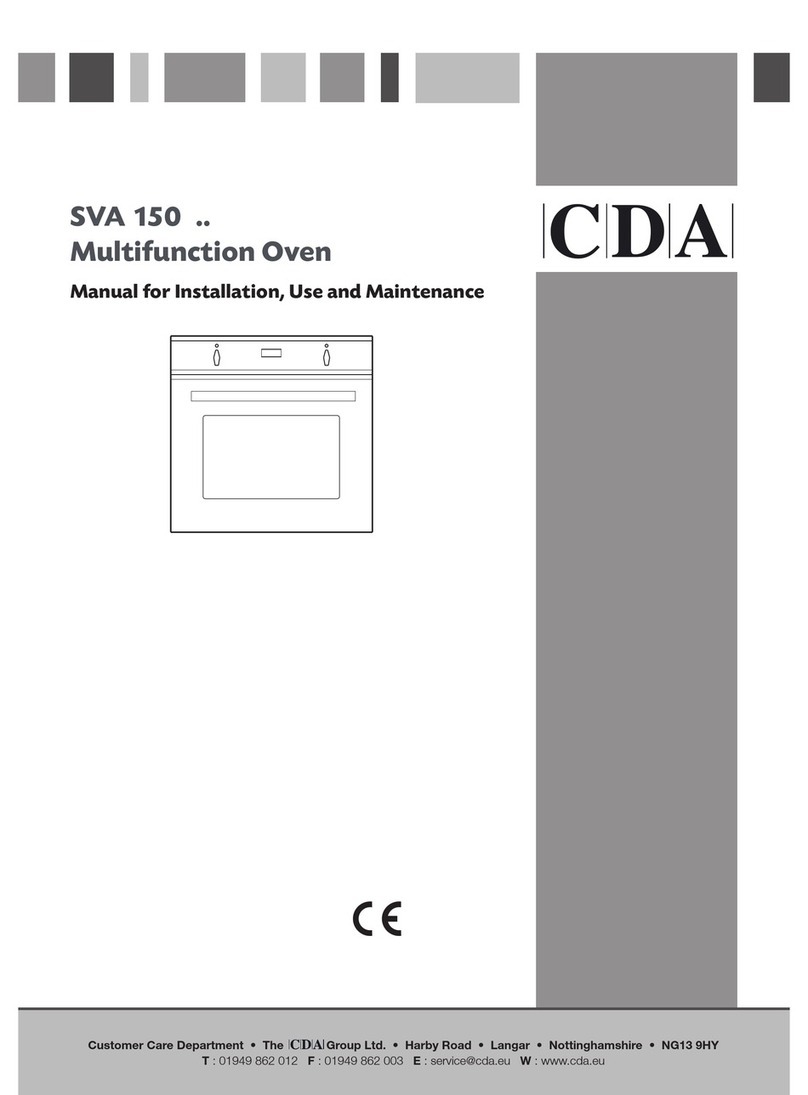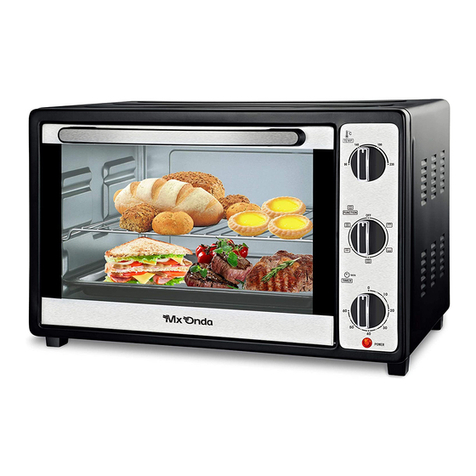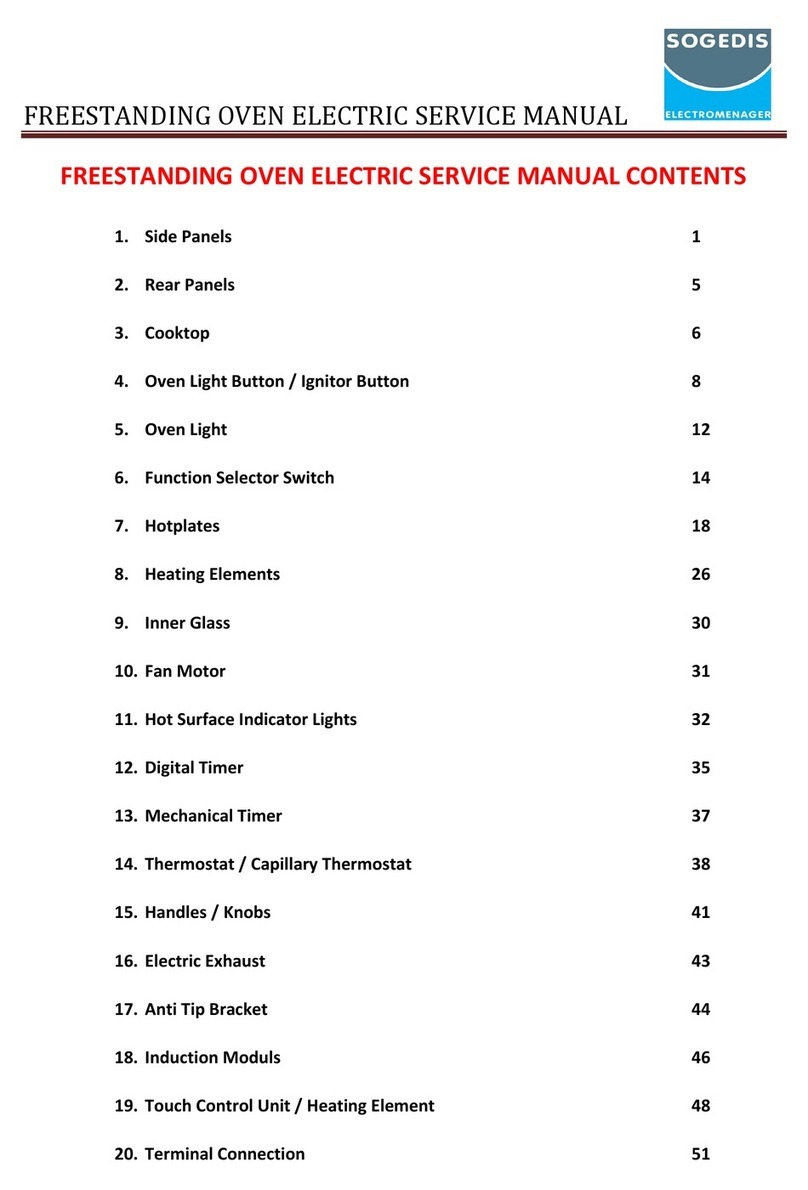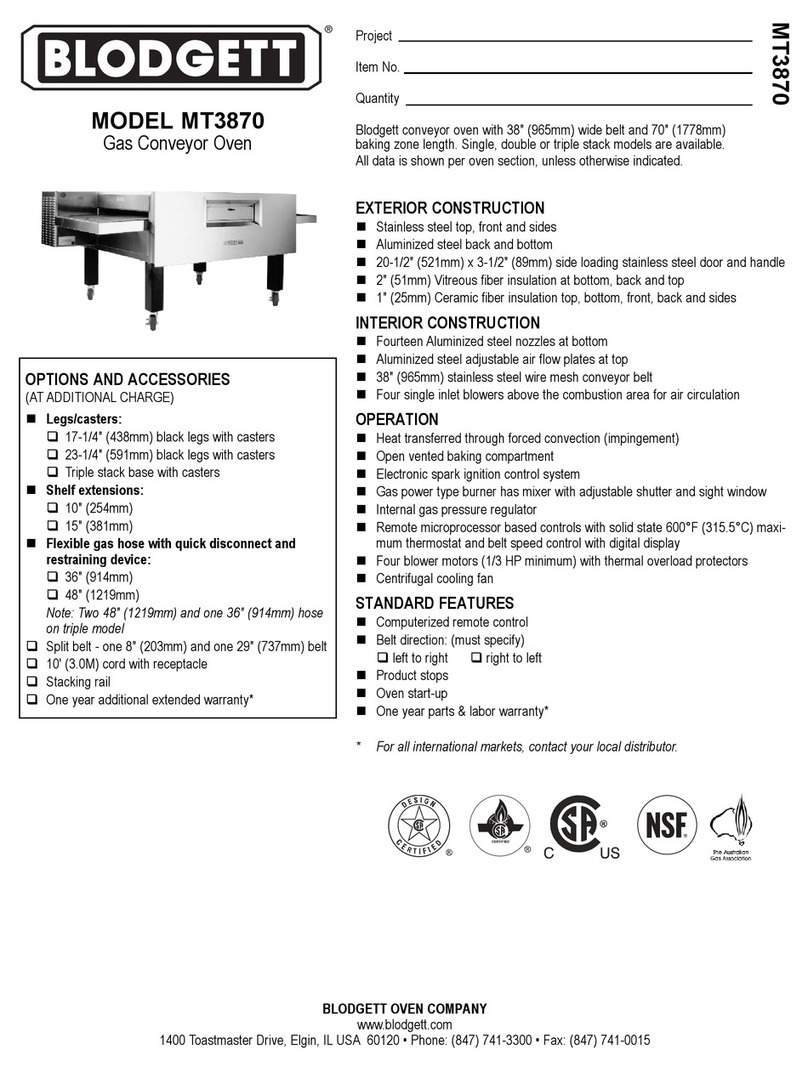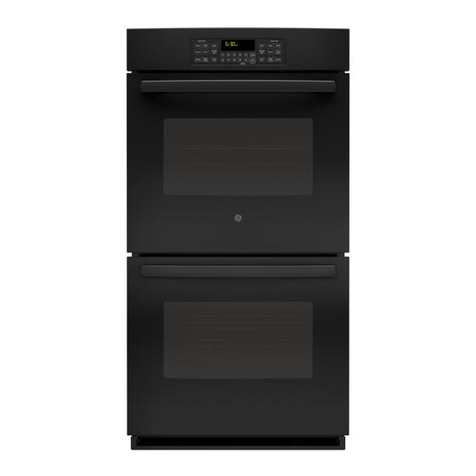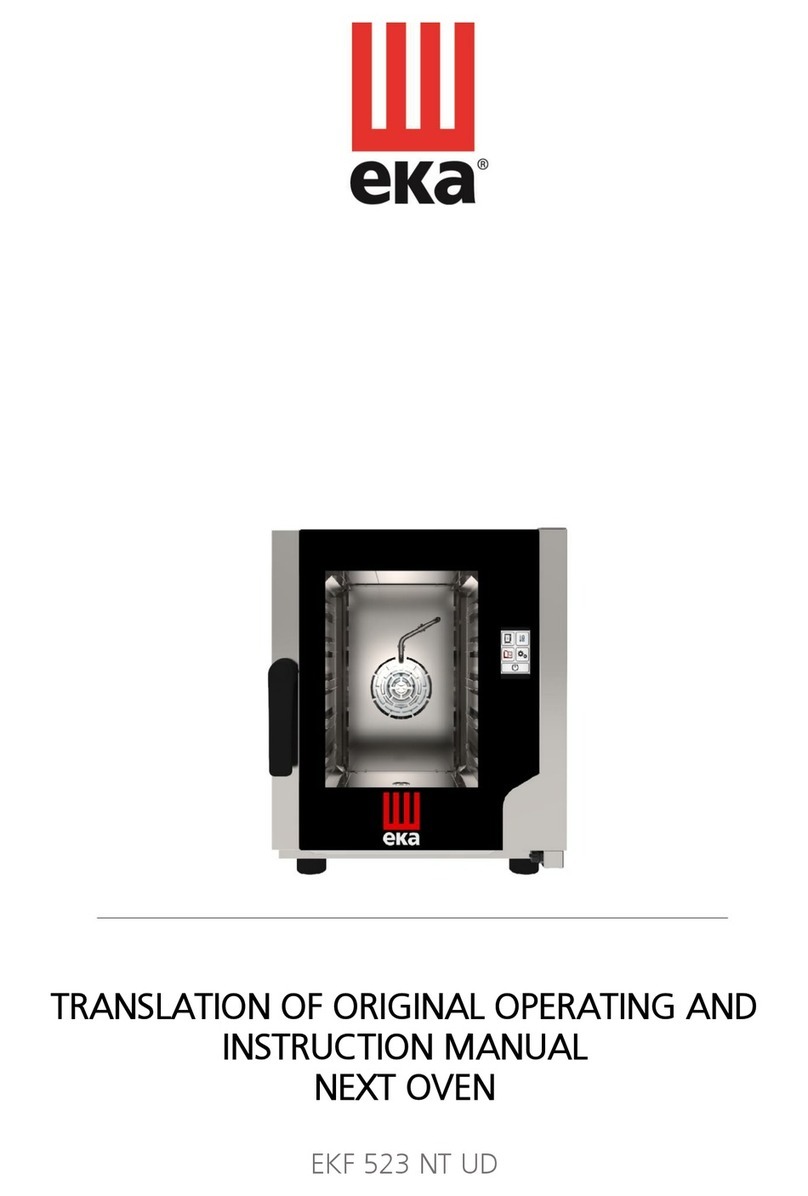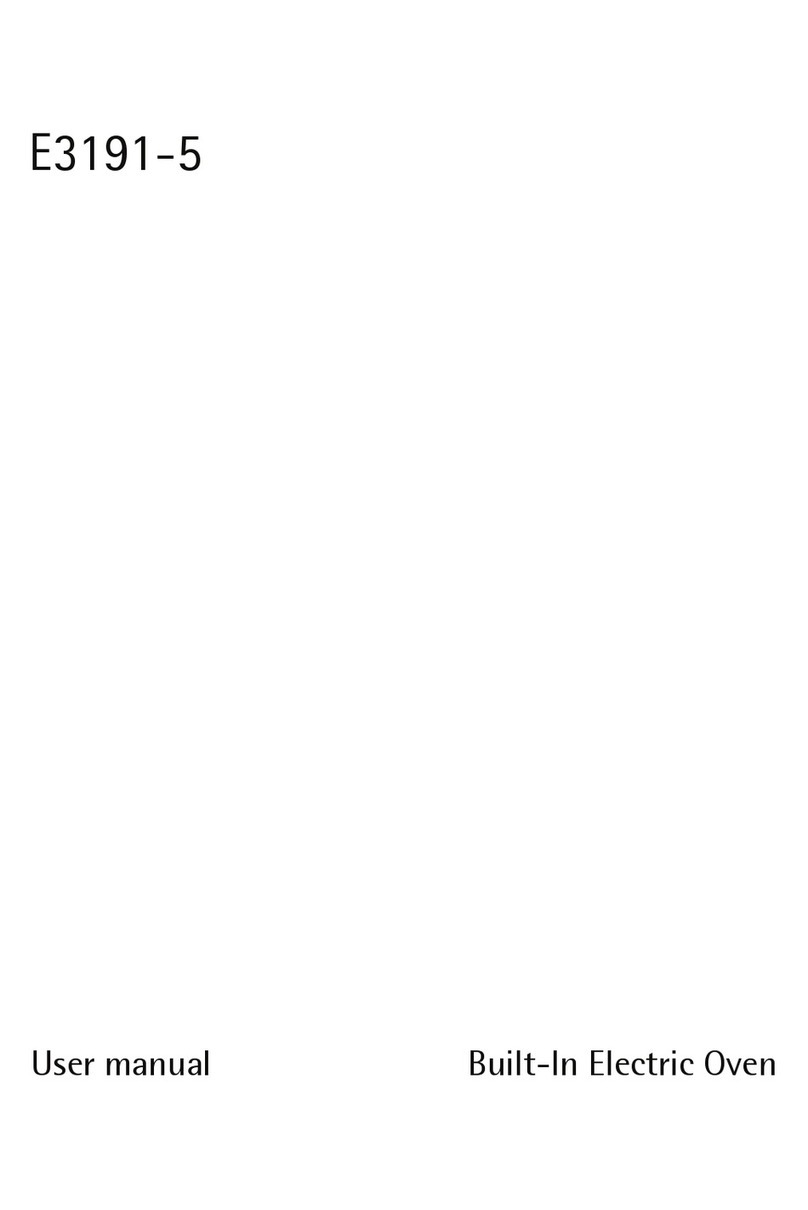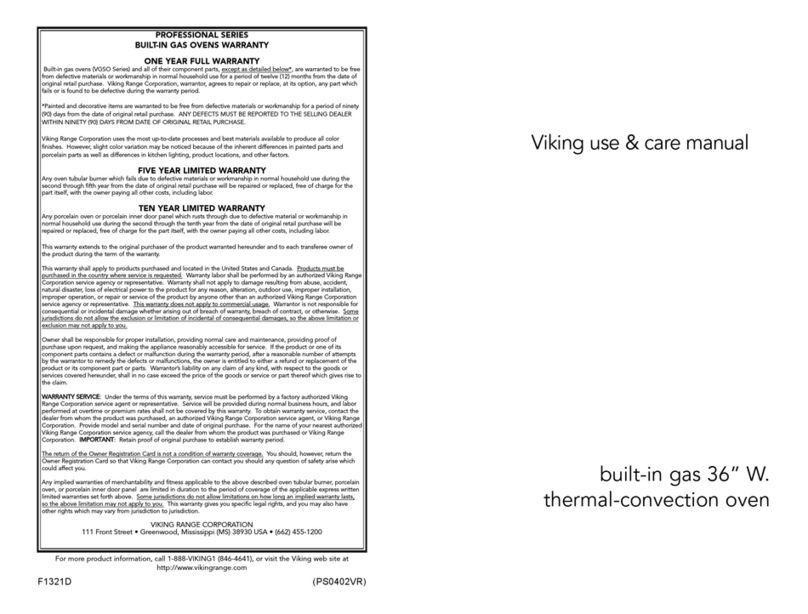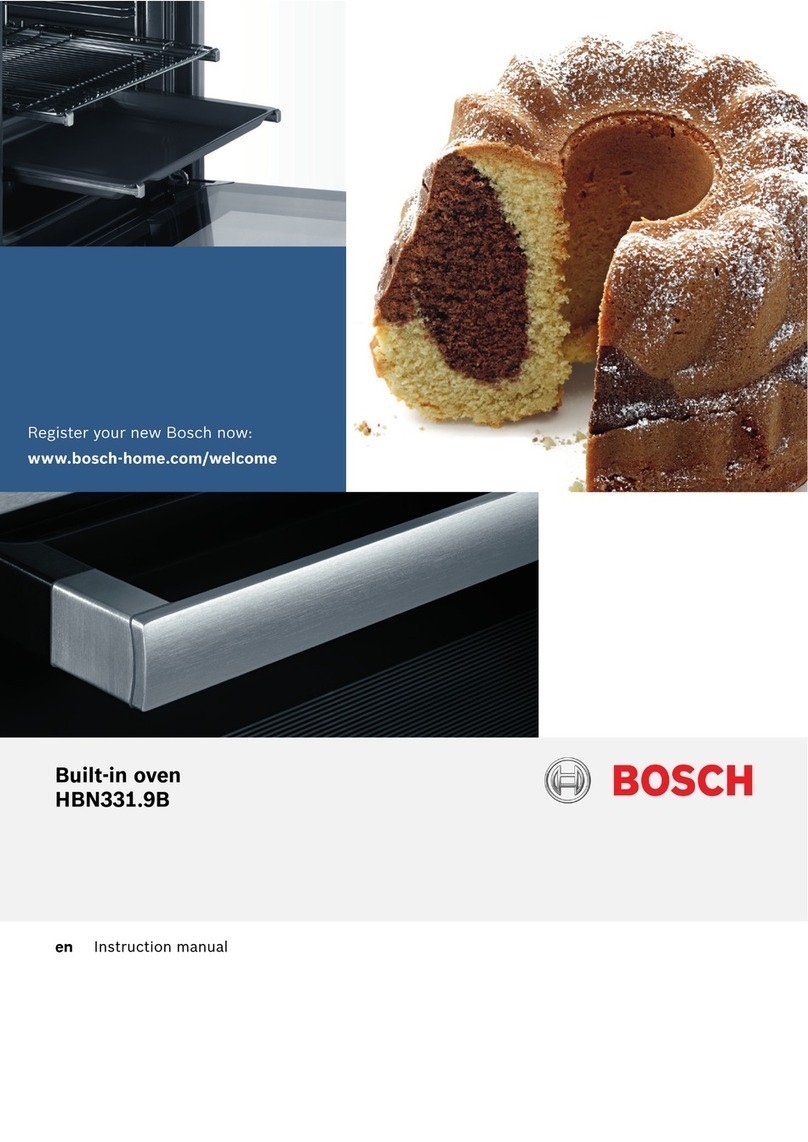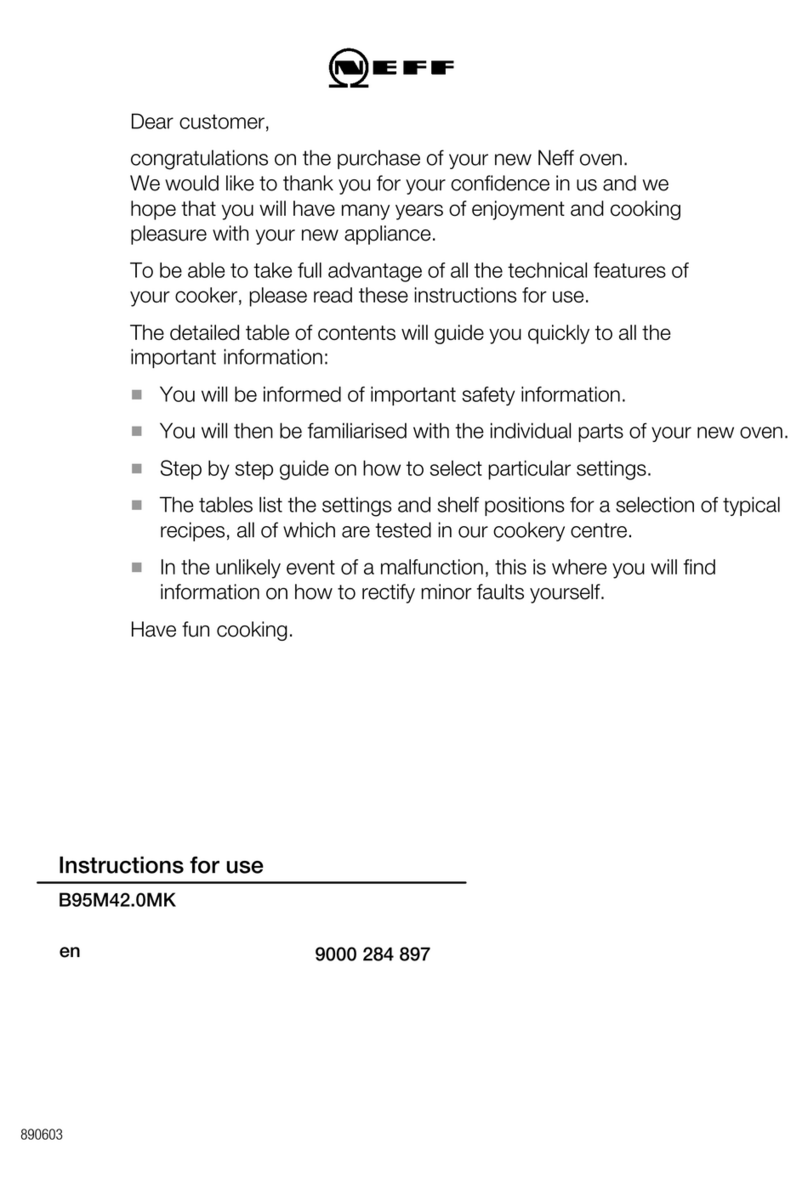Selecting a function
To steam cook in the oven (100°C)
1. Select steam cooking by touching the Steam Cooking key. The Cooking Duration display and Cooking Duration
symbol will flash
2. Set the time required by touching the or keys. The steam cooking function has a preset time of 25
minutes, and the range of time is 5 to 60 minutes.
3. Confirm the programme by touching the key. The temperature will flash whilst the oven is heating up.
The symbol will become animated. When the temperature is reached, the temperature display will stop flashing and
a beep will sound.
To reheat cooked food
It is possible to use the steam cooking function to reheat cooked food. Protecting the dish from water droplets with
either aluminium foil or cling film, it can be placed directly on the stainless steel grid and reheated for between 20 and
25 minutes.
For more advice and information on cooking specific foods, see pages xxx.
To defrost in the oven (60°C)
1. Select defrost by touching the Defrosting key. The Cooking Duration display and Cooking Duration symbol
will flash
2. Set the time required by touching the or keys. The defrosting function has a preset time of 40
minutes, and the range of time is 5 to 60 minutes.
3. Confirm the programme by touching the key. The temperature will flash whilst the oven is heating up.
The symbol will become animated. When the temperature is reached, the temperature display will stop flashing and
a beep will sound.
Altering the time during cooking/defrosting
To change the time during cooking/defrosting, simply touch the or keys to select the correct time.
Stopping the oven once it is cooking/defrosting
To change the time during cooking/defrosting, simply touch and hold the key for approximately one second.
If steam production has not yet started, the oven will stop immediately and the cooking duration will no longer be
shown on the display.
If steam production has begun, then it will take approximately three minutes for the oven to remove the cooking
duration from the display, during which time the steam will be dispersed from the cavity.
Once the cooking time is complete
The Cooking duration display will flash 0m00s, the Cooking Duration symbol will flash, the function animation will stop
and beeps will continue for approximately three minutes. To stop the beeps before three minutes are up, touch the
key and open the door.
After cooking is complete, and the oven has cooked, you must empty the water reservoir.
8

